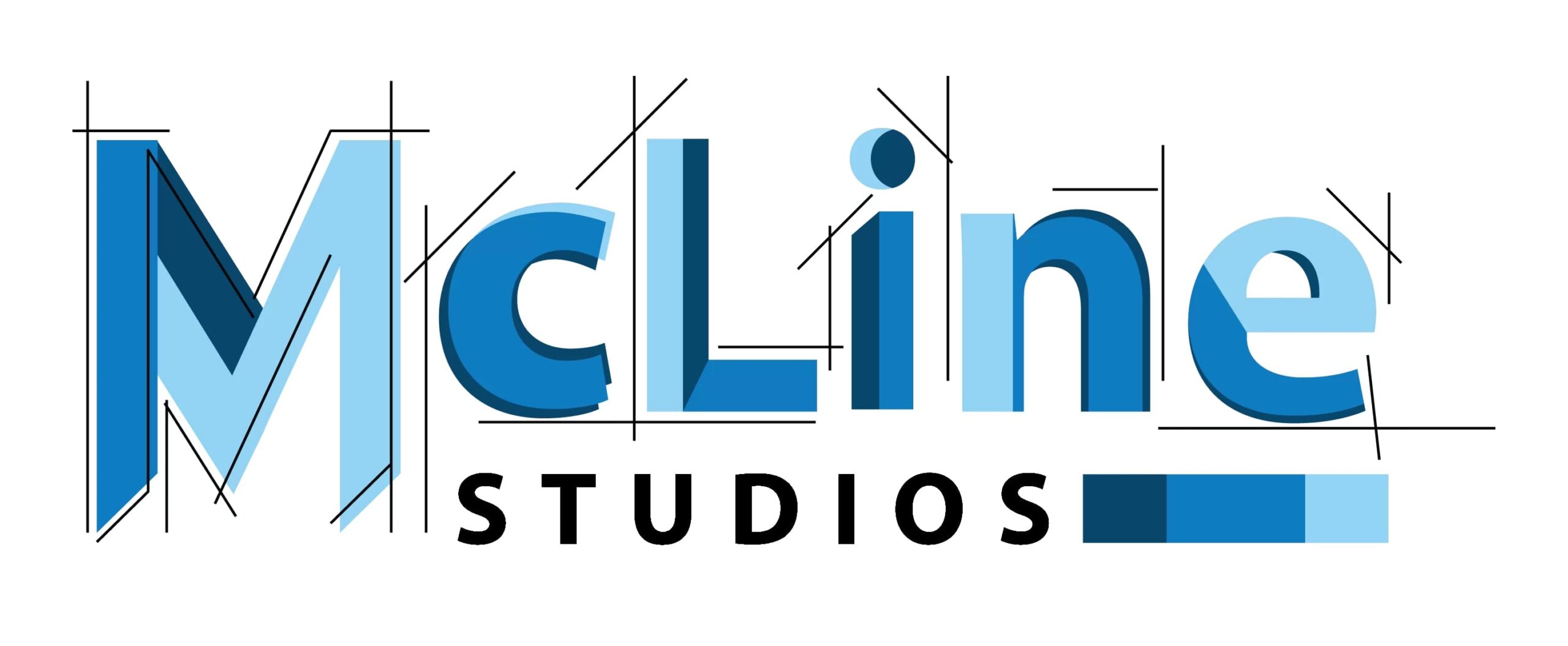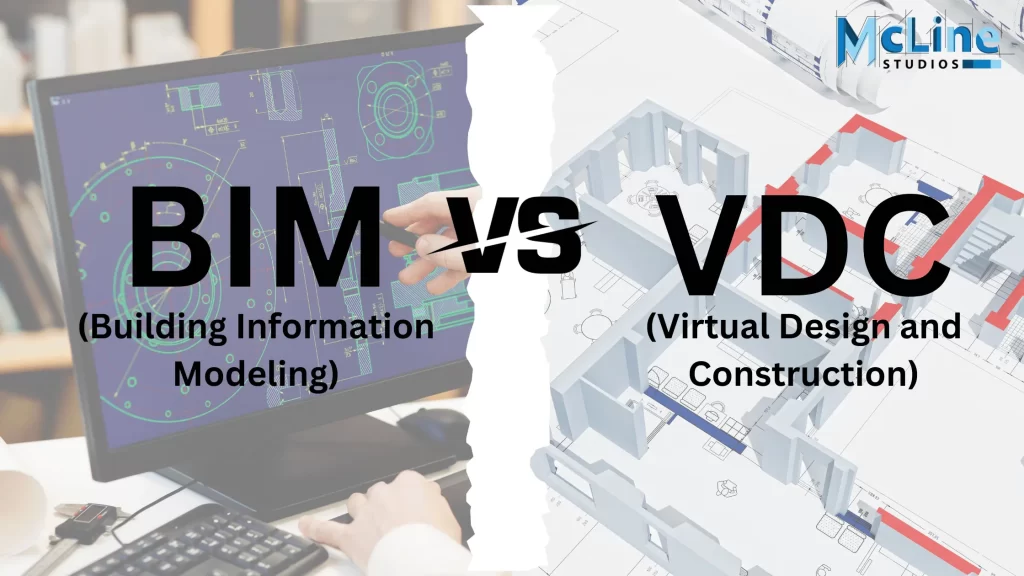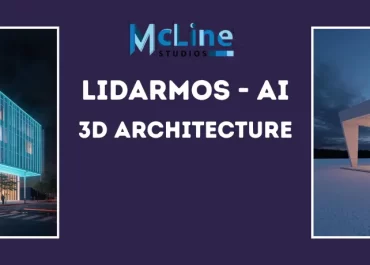BIM and VDC are distinct methodologies revolutionizing the construction sector. BIM (Building Information Modeling) involves creating and managing 3D models that integrate diverse project data, fostering collaboration and informed decision-making. In contrast, VDC (Virtual Design and Construction) employs advanced technologies for virtual simulation and analysis, optimizing construction processes before implementation.
BIM emphasizes a comprehensive digital representation across a project’s lifecycle, while VDC focuses on virtual modeling, 4D simulations, and process optimization. Recognizing their differences is essential for construction professionals to strategically choose and integrate these methodologies, ensuring efficient and effective project delivery.
BIM serves as the foundation, providing a comprehensive digital representation of a project’s lifecycle. This rich data environment created by BIM services becomes the backbone for VDC applications. VDC, in turn, leverages this detailed 3D model to conduct virtual simulations, 4D analyses, and process optimizations. The intelligent data embedded in the BIM model serves as the input for VDC, enabling it to simulate construction processes, assess sequencing, and refine methodologies.
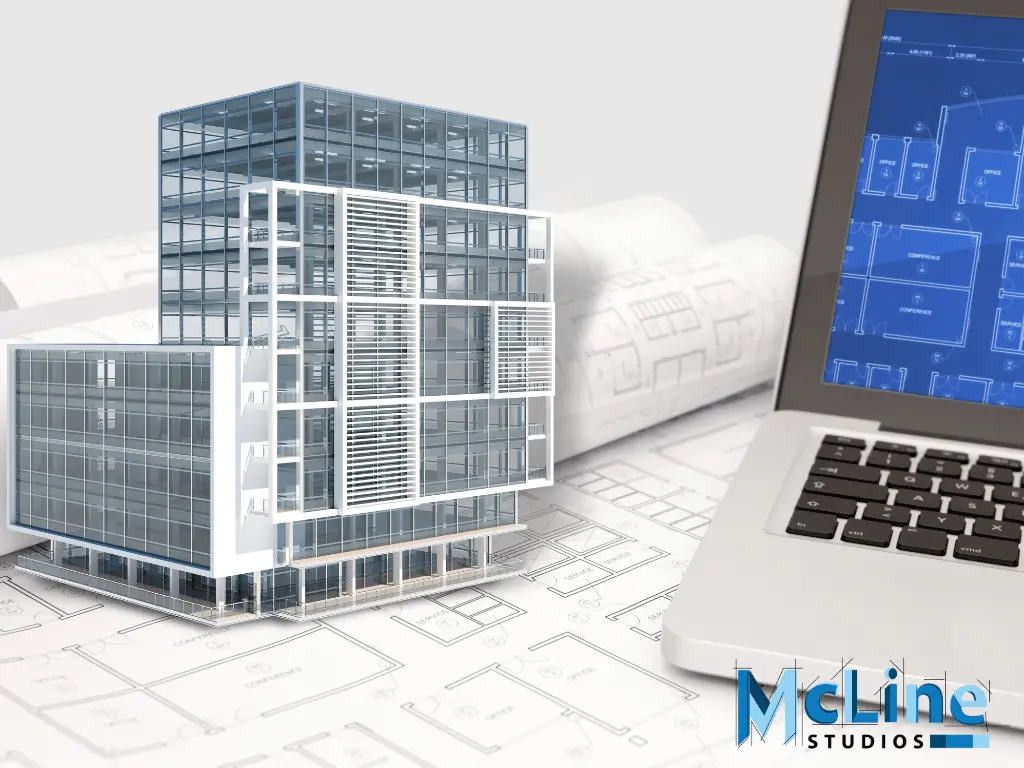
BIM vs VDC: Know the Differences
BIM and VDC are sometimes used interchangeably, and their meanings may vary based on regional practices and industry interpretations. Both concepts aim to improve efficiency and collaboration in the construction industry. So, let’s understand the differences between BIM and VDC.
| Aspects | BIM (Building Information Modeling) | VDC (Virtual Design and Construction) |
| Scope | Primarily focused on information modeling for buildings or infrastructure projects. | Encompasses a wider range of activities beyond modeling, including project visualization, coordination, simulation, and analysis. |
| Time of Application | BIM is often associated with the design and documentation phase of a project, but its benefits extend throughout the project life cycle. | VDC is applied throughout the full project life cycle, from conceptualization and planning to construction and facility management. |
| Collaborative Aspect | Emphasizes collaboration among various stakeholders, including architects, engineers, contractors, and owners, by providing a shared digital platform. | Encourages collaboration but also integrates the virtual construction model with project scheduling, cost estimating, and other project management aspects. |
| Visualization | Offers 3D visualizations and simulations for design coordination and communication. | Utilizes 3D and 4D (time-based) visualizations for a more comprehensive understanding of the construction process, aiding in project planning and management. |
| Data Integration | Involves the integration of data from different disciplines to create a comprehensive and coordinated model. | Goes beyond just data integration by utilizing virtual models to simulate construction processes, detect clashes, and optimize project schedules and costs. |
| Emphasis on Virtualization | Primarily focuses on creating a virtual representation of the physical building or infrastructure. | Emphasizes the virtualization of the entire construction process, incorporating time and cost aspects for a more holistic approach. |
What to Choose Between BIM and VDC?
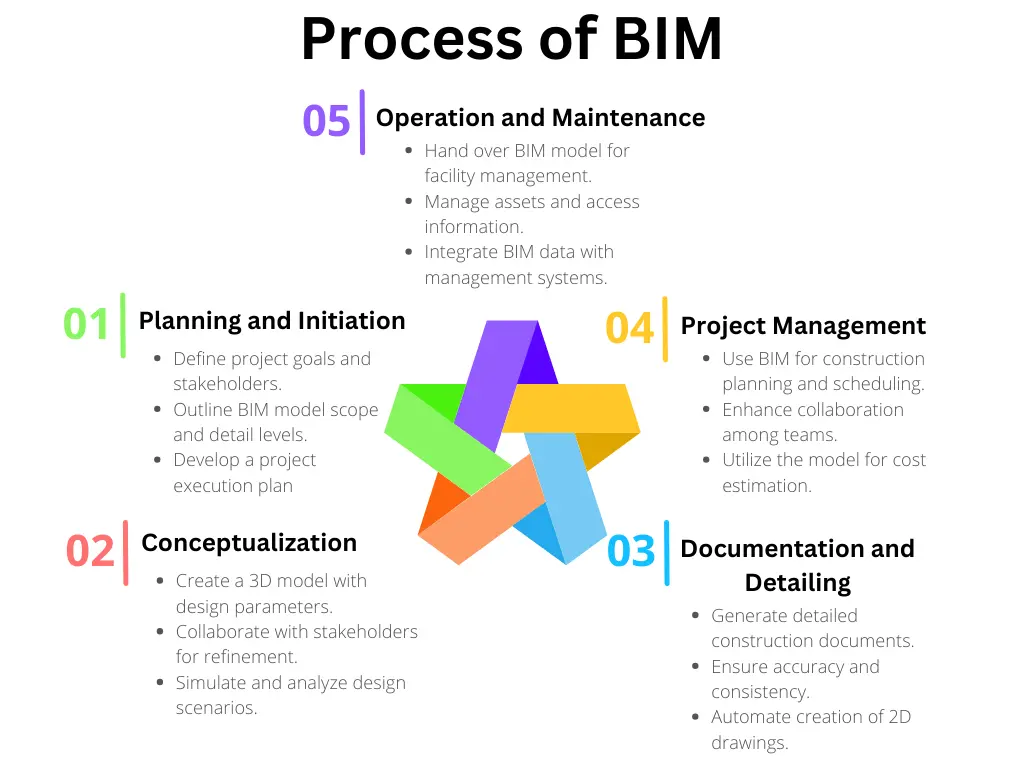

Choosing between BIM (Building Information Modeling) and VDC (Virtual Design and Construction) is a pivotal decision that can significantly impact the success of a construction project. Both methodologies offer distinct advantages, and the choice ultimately depends on the specific needs, goals, and preferences of the project team. Here are some key considerations to help guide the decision-making process:
Project Objective
– BIM Focus: If the primary goal is to create a comprehensive digital representation of the physical and functional characteristics of a building, BIM might be the preferred choice. BIM emphasizes the collaborative creation and use of intelligent 3D models throughout the project lifecycle.
– VDC Focus: On the other hand, if the emphasis is on the virtual aspects of design and construction, including simulation, analysis, and coordination, VDC may be more suitable. VDC extends beyond design to encompass a broader range of virtual activities.
Collaboration and Communication
– BIM Strengths: BIM is renowned for facilitating collaboration among project stakeholders, enabling them to work concurrently on a shared digital model. It enhances communication, reduces errors, and promotes a more integrated construction approach.
– VDC Strengths: VDC also fosters collaboration but places a strong emphasis on the virtual representation of construction processes. It enables detailed planning, simulation, and analysis of construction sequences, helping to identify and address potential issues before they arise on the site.
Project Complexity
– BIM Suitability: For projects with complex architectural, structural, and MEP (Mechanical, Electrical, Plumbing) components, BIM is often the preferred choice. It allows for the creation of a holistic model that captures all aspects of the building, promoting better coordination and clash detection.
– VDC Suitability: VDC may be particularly advantageous for projects with intricate construction sequences, such as those involving intricate phasing or tight site constraints. The ability to simulate and analyze construction processes virtually can lead to more efficient and effective execution.
Team Expertise
– BIM Considerations: The expertise of the project team in BIM tools and methodologies is a crucial factor. If the team is well-versed in BIM software and workflows, leveraging BIM may result in a smoother implementation.
– VDC Considerations: Similarly, if the team has expertise in virtual design and construction tools and processes, VDC may be the more natural fit. Training and proficiency in the chosen methodology are essential for successful implementation.
Client Requirements
– BIM Compliance: Some clients may specifically require the use of BIM for their projects due to its benefits in terms of data-rich models, lifecycle management, and facility operation.
– VDC Compliance: In other cases, clients may prioritize the virtual aspects of construction and demand VDC for its capabilities in simulation, analysis, and optimization of construction processes.
The choice between BIM and VDC hinges on the unique characteristics of each construction project. A careful assessment of project objectives, collaboration needs, complexity, team expertise, and client requirements will guide the decision-making process toward the most suitable methodology. Often, a hybrid approach that combines elements of both BIM and VDC may be the optimal solution for addressing diverse project requirements.
Interpretation
In conclusion, the debate between Building Information Modeling (BIM) and Virtual Design and Construction (VDC) reflects the evolving landscape of the AEC (Architecture, Engineering, and Construction) industry.
Both methodologies offer distinct advantages, with BIM emphasizing information-rich 3D models and collaborative data sharing, while VDC extends beyond design into the virtual construction realm, providing a comprehensive overview of project execution.
As projects become more complex and technology-driven, the demand for efficient and integrated solutions is paramount. Companies seeking a seamless transition from design to construction should consider engaging with experienced architectural drafting service providers. McLine Studios stands out as a reliable option, showcasing its expertise in BIM services. By choosing McLine Studios for BIM services, organizations can harness the power of information modeling to optimize decision-making, enhance coordination, and ultimately achieve successful project outcomes.
BIM and VDC are distinct methodologies revolutionizing the construction sector. BIM (Building Information Modeling) involves creating and managing 3D models that integrate diverse project data, fostering collaboration and informed decision-making. In contrast, VDC (Virtual Design and Construction) employs advanced technologies for virtual simulation and analysis, optimizing construction processes before implementation.
BIM emphasizes a comprehensive digital representation across a project’s lifecycle, while VDC focuses on virtual modeling, 4D simulations, and process optimization. Recognizing their differences is essential for construction professionals to strategically choose and integrate these methodologies, ensuring efficient and effective project delivery.
BIM serves as the foundation, providing a comprehensive digital representation of a project’s lifecycle. This rich data environment created by BIM services becomes the backbone for VDC applications. VDC, in turn, leverages this detailed 3D model to conduct virtual simulations, 4D analyses, and process optimizations. The intelligent data embedded in the BIM model serves as the input for VDC, enabling it to simulate construction processes, assess sequencing, and refine methodologies.

BIM vs VDC: Know the Differences
BIM and VDC are sometimes used interchangeably, and their meanings may vary based on regional practices and industry interpretations. Both concepts aim to improve efficiency and collaboration in the construction industry. So, let’s understand the differences between BIM and VDC.
| Aspects | BIM (Building Information Modeling) | VDC (Virtual Design and Construction) |
| Scope | Primarily focused on information modeling for buildings or infrastructure projects. | Encompasses a wider range of activities beyond modeling, including project visualization, coordination, simulation, and analysis. |
| Time of Application | BIM is often associated with the design and documentation phase of a project, but its benefits extend throughout the project life cycle. | VDC is applied throughout the full project life cycle, from conceptualization and planning to construction and facility management. |
| Collaborative Aspect | Emphasizes collaboration among various stakeholders, including architects, engineers, contractors, and owners, by providing a shared digital platform. | Encourages collaboration but also integrates the virtual construction model with project scheduling, cost estimating, and other project management aspects. |
| Visualization | Offers 3D visualizations and simulations for design coordination and communication. | Utilizes 3D and 4D (time-based) visualizations for a more comprehensive understanding of the construction process, aiding in project planning and management. |
| Data Integration | Involves the integration of data from different disciplines to create a comprehensive and coordinated model. | Goes beyond just data integration by utilizing virtual models to simulate construction processes, detect clashes, and optimize project schedules and costs. |
| Emphasis on Virtualization | Primarily focuses on creating a virtual representation of the physical building or infrastructure. | Emphasizes the virtualization of the entire construction process, incorporating time and cost aspects for a more holistic approach. |
What to Choose Between BIM and VDC?


Choosing between BIM (Building Information Modeling) and VDC (Virtual Design and Construction) is a pivotal decision that can significantly impact the success of a construction project. Both methodologies offer distinct advantages, and the choice ultimately depends on the specific needs, goals, and preferences of the project team. Here are some key considerations to help guide the decision-making process:
Project Objective
– BIM Focus: If the primary goal is to create a comprehensive digital representation of the physical and functional characteristics of a building, BIM might be the preferred choice. BIM emphasizes the collaborative creation and use of intelligent 3D models throughout the project lifecycle.
– VDC Focus: On the other hand, if the emphasis is on the virtual aspects of design and construction, including simulation, analysis, and coordination, VDC may be more suitable. VDC extends beyond design to encompass a broader range of virtual activities.
Collaboration and Communication
– BIM Strengths: BIM is renowned for facilitating collaboration among project stakeholders, enabling them to work concurrently on a shared digital model. It enhances communication, reduces errors, and promotes a more integrated construction approach.
– VDC Strengths: VDC also fosters collaboration but places a strong emphasis on the virtual representation of construction processes. It enables detailed planning, simulation, and analysis of construction sequences, helping to identify and address potential issues before they arise on the site.
Project Complexity
– BIM Suitability: For projects with complex architectural, structural, and MEP (Mechanical, Electrical, Plumbing) components, BIM is often the preferred choice. It allows for the creation of a holistic model that captures all aspects of the building, promoting better coordination and clash detection.
– VDC Suitability: VDC may be particularly advantageous for projects with intricate construction sequences, such as those involving intricate phasing or tight site constraints. The ability to simulate and analyze construction processes virtually can lead to more efficient and effective execution.
Team Expertise
– BIM Considerations: The expertise of the project team in BIM tools and methodologies is a crucial factor. If the team is well-versed in BIM software and workflows, leveraging BIM may result in a smoother implementation.
– VDC Considerations: Similarly, if the team has expertise in virtual design and construction tools and processes, VDC may be the more natural fit. Training and proficiency in the chosen methodology are essential for successful implementation.
Client Requirements
– BIM Compliance: Some clients may specifically require the use of BIM for their projects due to its benefits in terms of data-rich models, lifecycle management, and facility operation.
– VDC Compliance: In other cases, clients may prioritize the virtual aspects of construction and demand VDC for its capabilities in simulation, analysis, and optimization of construction processes.
The choice between BIM and VDC hinges on the unique characteristics of each construction project. A careful assessment of project objectives, collaboration needs, complexity, team expertise, and client requirements will guide the decision-making process toward the most suitable methodology. Often, a hybrid approach that combines elements of both BIM and VDC may be the optimal solution for addressing diverse project requirements.
Interpretation
In conclusion, the debate between Building Information Modeling (BIM) and Virtual Design and Construction (VDC) reflects the evolving landscape of the AEC (Architecture, Engineering, and Construction) industry.
Both methodologies offer distinct advantages, with BIM emphasizing information-rich 3D models and collaborative data sharing, while VDC extends beyond design into the virtual construction realm, providing a comprehensive overview of project execution.
As projects become more complex and technology-driven, the demand for efficient and integrated solutions is paramount. Companies seeking a seamless transition from design to construction should consider engaging with experienced architectural drafting service providers. McLine Studios stands out as a reliable option, showcasing its expertise in BIM services. By choosing McLine Studios for BIM services, organizations can harness the power of information modeling to optimize decision-making, enhance coordination, and ultimately achieve successful project outcomes.
